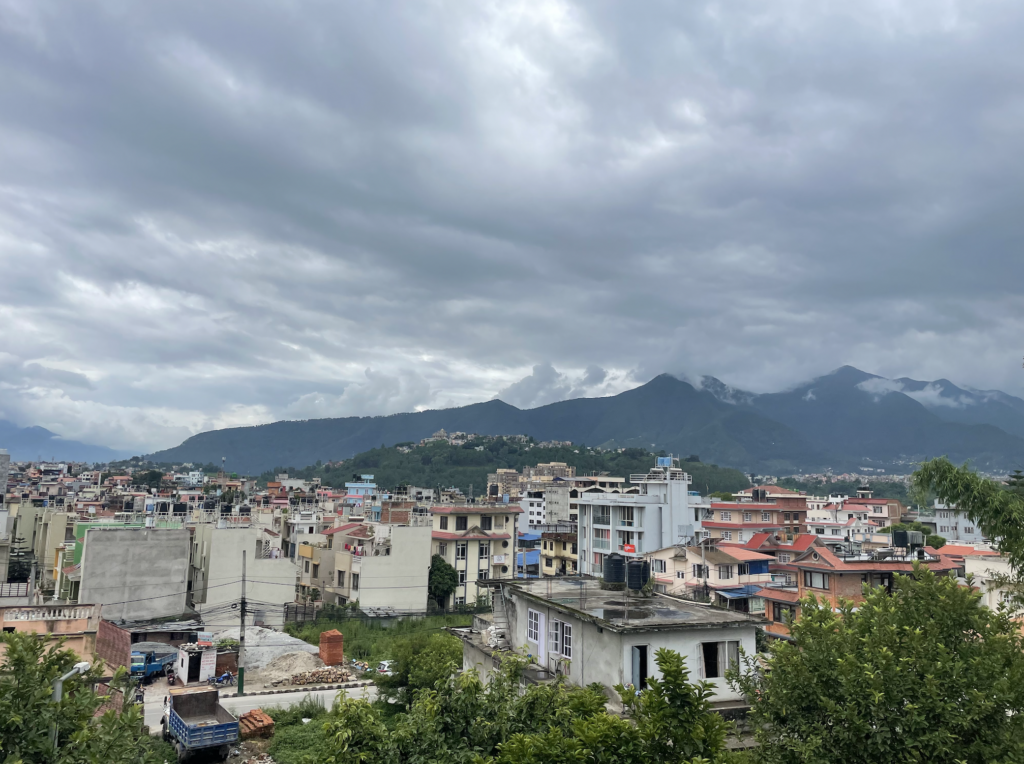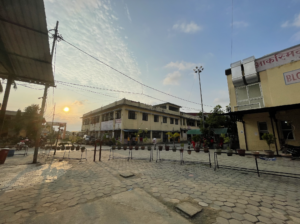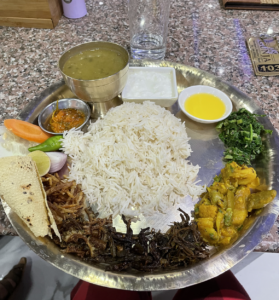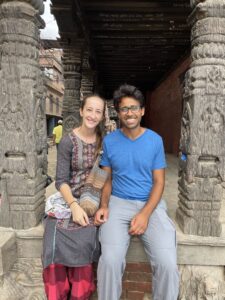
I cannot believe that five weeks have already flown by with Nick Simons Institute (NSI). I have learned so much applying my baby public health skills and learning that things are always more complicated in the field. The majority of my time has gone towards the Advanced Skilled Birth Attendant (ASBA) report and associated policy brief. It would get discouraging when – once again – a variable was found to be confounding, or a survey respondent had to be contacted to clarify their response, thus changing all the analysis output. While working on the report, I would pull up old notes from the fall semester, trying to figure out which statistical test was appropriate for the data at hand.
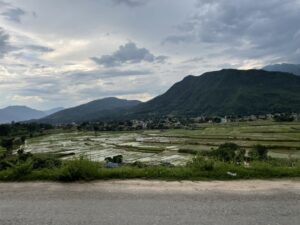
In the midst of the ASBA work, the team took another field visit to Trishuli, a government hospital about three hours Northwest of Kathmandu. It has been designated the subsequential Hub hospital by the government, meaning that it will soon offer a wider expanse of specialist services so that people do not have to travel so far for healthcare. While there, we completed an ad hoc observational assessment to inform a Monitoring & Evaluation (M&E) framework for future like hospitals. We received a tour of the hospital facilities, completed interviews with staff, and surveyed patients. I spent much of my time surveying patients about the quality of care, their perceptions of the services, and their knowledge of the hospital. It was in these conversations that cemented the importance of the ASBA policy brief and reminded me how much of an impact that public health can have.
Looking back, I think that I learned the most during this summer in the small conversations in-between work with my colleagues and supervisors. Now that access to Cesarean section(s) (CSs) is more readily available, the work is shifting towards ensuring quality of care, although that has always been a goal. Conversations with people who have been in this work for decades brings up complexities, what Nepal’s future healthcare will look like, barriers and challenges, and of course, hope. So many people are working hard to make sure all people in Nepal, in the flatlands, the hills, or the Himalayas have quality and affordable healthcare. I was only here for a season, involved with one small project, but I am thankful for that I learned.
In my free time I have continued to polish my Nepali, visit old parts of town, and get back into painting. My favorite way to spend my days off is to walk to an old part of town and sit down at a public square and start sketching. You quickly make friends with kids, who jostle to ask to be painted next. Grandmas pose and remind you not to draw their wrinkles. It is a great way to chat and make new friends. In the end, I give them the painting, and take a photo for myself. I am fortunate enough that my husband has been able to visit and see the neighborhoods I grew up in. He is meeting a lot of family friends and eating even more daal bhat! We are going on a ten day trek before heading back to the states.

My time in Kathmandu is wrapping up after six weeks at NSI, but it isn’t over quite yet. Thanks to the magic of the internet, I will be able to stay in touch with my team and wrap up the evaluation of the ASBA program and its associated policy brief remotely. It is a humbling experience to have the opportunity to contribute to a project that will have real world impacts for policy and healthcare systems.
-Abby

